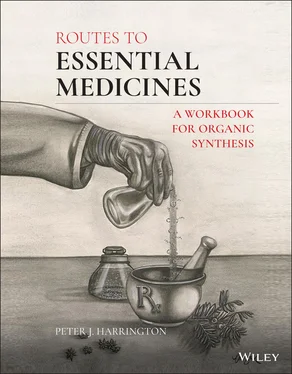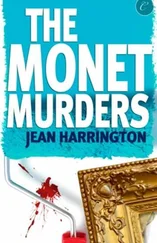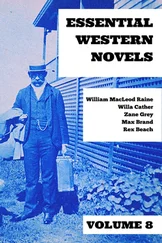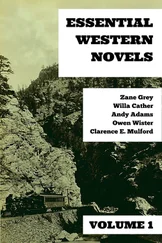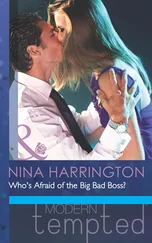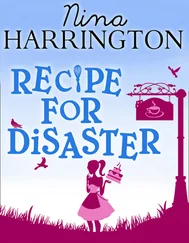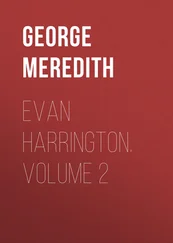In my first Organic Chemistry class at Canisius College more than forty years ago, I recognized the power synthetic organic chemists have to create new medicines to improve human healthcare. With great power comes great responsibility. The synthetic organic chemistry community accepted this responsibility: the result is our World Health Organization (WHO) Model List of Essential Medicines.
Routes to Essential Medicines: A Workbook for Organic Synthesis highlights the synthetic organic chemistry in the manufacturing routes of nearly three hundred medicines on the World Health Organization (WHO) Model List of Essential Medicines (20th List from March 2017). The workbook includes all the medicines on the list for which synthetic organic chemistry plays an important role in the manufacturing process.
Routes to Essential Medicines: A Workbook for Organic Synthesis is intended for use by upper‐level undergraduate students and graduate students participating in a course in organic synthesis or medicinal chemistry. Students using this workbook will become familiar with the structures and synthetic challenges associated with nearly three hundred essential medicines and gain an appreciation for the manufacture of specialty chemical starting materials. Students who use this workbook will develop a solid foundation for their academic and postacademic research: an extensive favorites list of key journal and information sites and a personal library of reagents, solvents, and conditions for many workhorse organic reactions. Classroom discussion and extended discussion time will provide valuable experience presenting route and reagent options and mechanisms.
For many students, this workbook will be a first encounter with the Essential Medicines on the WHO List. These medicines are the milestones in our progress in improving human healthcare in the last 100 years. The structural features of these medicines and the synthetic strategies used to create these medicines are the current state of the art and the foundation we will build upon to move human healthcare ahead for the next 100 years. How important are the Essential Medicines? In 2020 they are critically important. They are life‐and‐death important. I look out my office window on a world practicing social distancing to slow the spread of covid19. We wait for “the answer,” a drug to speed recovery from the infection, better yet, a drug to stop the spread of the virus. An optimal drug would be a drug with known and tolerable side effects, a drug which can be produced and distributed quickly, an inexpensive drug. This description fits many of the Essential Medicines on the WHO List so it comes as no surprise that many of the medicines in this workbook are being evaluated as an answer for covid19.
The workbook is organized by INN (International Non‐Proprietary Name) of the essential medicines in alphabetical order. The presentation for each target molecule begins with the structure of the target and the indications for the drug taken from the Model List. For example, for amiodarone:
From the List:
12. Cardiovascular Medicines
12.3 Antihypertensive Medicines
In the workbook:
Cardiovascular Medicines/Antihypertensive Medicines
In a group setting, each target presentation could begin with some discussion of indications, old and new. The breadth and depth of that discussion is tailored to match the time allotted and the talents and interests of the group. In many cases the discussion could be extended to include new analogs of an old drug.
One route is presented for each target molecule in most cases. The route usually has the shortest sequence from starting materials to target molecule, is adequately described in the literature, and is likely to be close to a manufacturing route still in use today.
At first glance at the target structure, previous knowledge and experience are used to create “back of the envelope” ideas for synthesis of the target. A text boxhighlights one idea from the list which was most influential in guiding the decision‐making leading to the presented route. Students should add ideas to create their own list as they work through the synthesis.
The route is presented as a retrosynthetic analysis accompanied by a brief text Discussion. Experimental details, references and mechanisms are not provided so that students will first focus on the structures and key disconnections. Students are then tasked to search for, evaluate, and present the procedure details (reagent(s), solvent(s), temperature, reaction time, workup, percent yield) which are the keys to the success of each reaction and the overall route. A discussion of mechanisms could accompany or follow the discussion of procedure details.
The simple sentence structure and limited vocabulary used in the text Discussionare intended to facilitate understanding by non‐English‐speaking readers. The Discussionincludes tested online search terms (names for reactions, intermediates, and starting materials). The name used for an intermediate or starting material is the name commonly encountered in an online search. Name reactions are highlighted in bold. Some questions or tasks are (embedded) in the Discussionto draw attention to multiple options for reagent(s) for a reaction, selectivity data, or critical separation procedures.
The schemes are usually presented left‐to‐right without the use of retrosynthetic arrows. Retrosynthetic arrows are used to avoid confusion in some schemes. Only carbon‐containing reagents, intermediates, and products are shown. One structure in a scheme often has the positions relevant to the text Discussion numbered.
The discussion is often written so that each sentence describes one reaction. This allows the discussion to be read as a description of the retrosynthesis or the synthesis. To illustrate, for amiodarone:
Retrosynthesis: The phenol is iodinated in both ortho positions. The phenol is formed by demethylation of the ether. The ketone is formed by acylation of 2‐butyl‐2,3‐benzofuran with 4‐methoxybenzoyl chloride ( Friedel–Crafts Acylation). 4‐Methoxybenzoyl chloride is formed from para ‐anisic acid.
Synthesis: 4‐Methoxybenzoyl chloride is formed from para ‐anisic acid. The ketone is formed by acylation of 2‐butyl‐2,3‐benzofuran with 4‐methoxybenzoyl chloride ( Friedel–Crafts Acylation). The phenol is formed by demethylation of the ether. The phenol is iodinated in both ortho positions.
The retrosynthetic analysis ends with specialty chemical(s), petrochemical(s), or biochemical(s) starting materials. Specialty chemical and petrochemical starting materials are highlighted with a box to direct the reader to an Appendix. Appendix Acontains the specialty chemicals used in this workbook. One retrosynthetic analysis is provided for each specialty chemical. It is important to emphasize that specialty chemicals are often manufactured by more than one route. The preferred route often changes with the implementation of new manufacturing technologies and with changes in availability and cost of petrochemical and biochemical raw materials. Each specialty chemical retrosynthetic analysis ends with petrochemical(s) or biochemical(s) available in bulk from many suppliers. Appendix Blists the petrochemicals extracted or produced from coal, crude oil, or natural gas that are used in this workbook. Appendix Clists the biochemicals that are used in this workbook.
In the optional Extended Discussion, students are tasked to propose and evaluate alternative routes, reactions, or reagents encountered in their online search work.
Читать дальше
